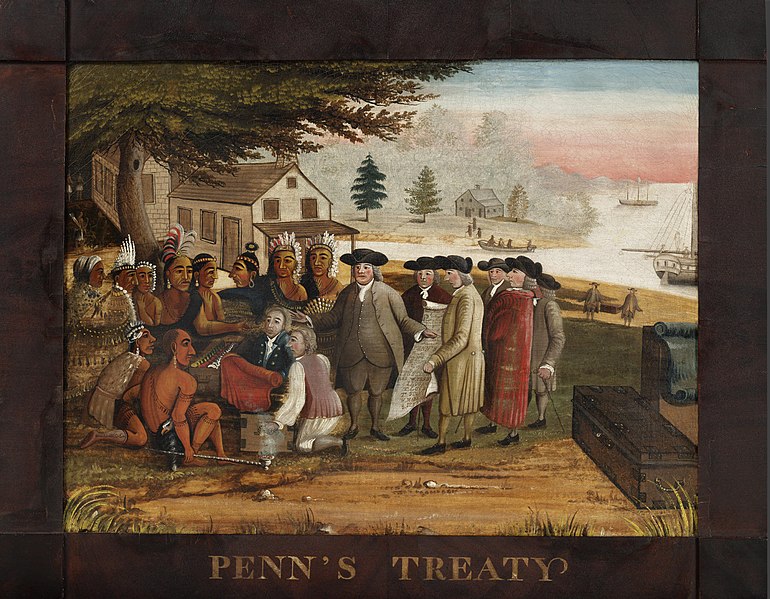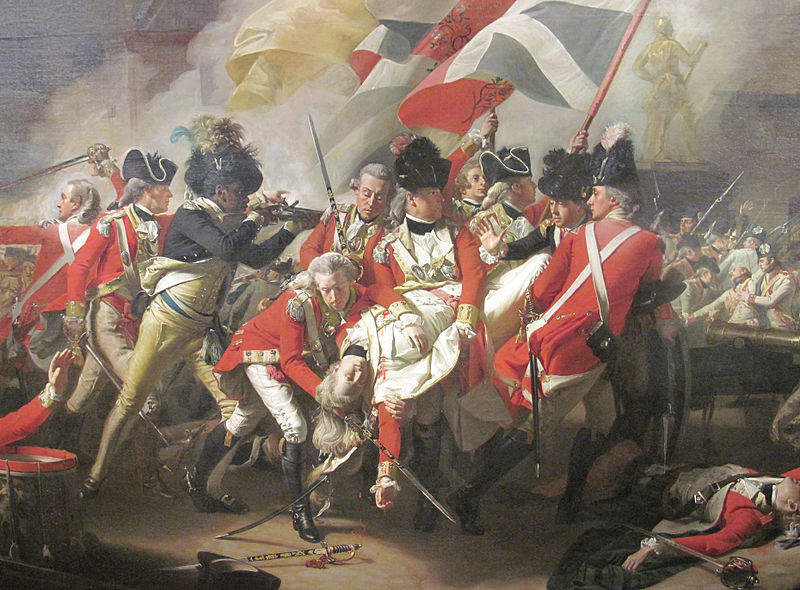The US’ culture is as young as the state. Despite the absence of the periods of antiquity, the Middle Ages and Renaissance (the basement in the European culture), the Puritans, following the English artists, still managed to bring into their works the spirit of the Italian Renaissance and Gothic. The European heritage most likely played a role in the fact that the formation of the original fine arts of America, as well as music, literature and architecture, has not been developed for a long time. Art connoisseurs continued to buy paintings in old European style and potential artists simply did not notice all the possibilities that the New World provided them for creativity.
The emergence of the national school of painting and the heyday of Republican Romanticism was preceded by the period of colonial art. The main goal of the Americans at that time was the development of new lands, the mortification of wildlife and the creation of a new civilization, so the arts were not in priority, people rare bought antique paintings and the local antiquarian market only started to form. There was also no centralized authority over the colonies, which could contribute to the development of arts. This period is famous for American Primitive art. Fine art was not particularly encouraged by the Puritans, as they saw it as a luxury and a glorification of social inequality. The paintings were mainly done by artisans and amateurs, and the predominant genre was portrait and depiction of objects and scenes from everyday life.

Edward Hicks 'Penn's Treaty - with the Indians' 1800-1835 SOURCE: Wikipedia
In the paintings of the American primitive, social themes are touched upon, in particular, the theme of the relationship between Indians and white colonists. Edward Hicks' folk painting "William Penn's Treaty with the Indians" (1840) depicts a treaty between Americans and native Americans. The case is taking place in the forest, but in the distance the outlines of new residential buildings of the European type are already visible. Also, a fairly frequent plot in primitivism was the depiction of African Americans on plantations, as evidence of existed slavery in the country, as in the painting "Negroes on the Plantation" (1789).
With the development of the major cities of Philadelphia, Boston and New York, the heyday of American culture begins. The large cities attracted more and more talented and educated people and the first art schools were formed. People began to be more willing to buy antique art. The main trends were Baroque and Classicism, mainly with the submission of artists coming from Europe. As the artists born in America were alien to the traditions of European art, so the next step in arts was Realism. Special merits in the transition from Baroque to realism belong to the artists Benjamin West (1738-1820) and John Singleton Copley (1738-1815). The main subjects of the paintings are portraits of revolutionaries-fighters for American independence, ordinary workers, as well as paintings on historical topics. The most known artworks of the time were John Copley "Portrait of Paul Revere" (1770) – portrait of an American craftsman, one of the heroes of the American Revolution, John Copley "The Death of Major Pearson" (1782-1784), as well as numerous portraits of George Washington by Charles Wilson Peel (1741-1827).

John Copley "The Death of Major Pearson" (1782-1784) SOURCE: Wikimedia Commons
Now the early American art is highly valued by collectors and antique dealers.
Сover image: Wikimedia Commons


